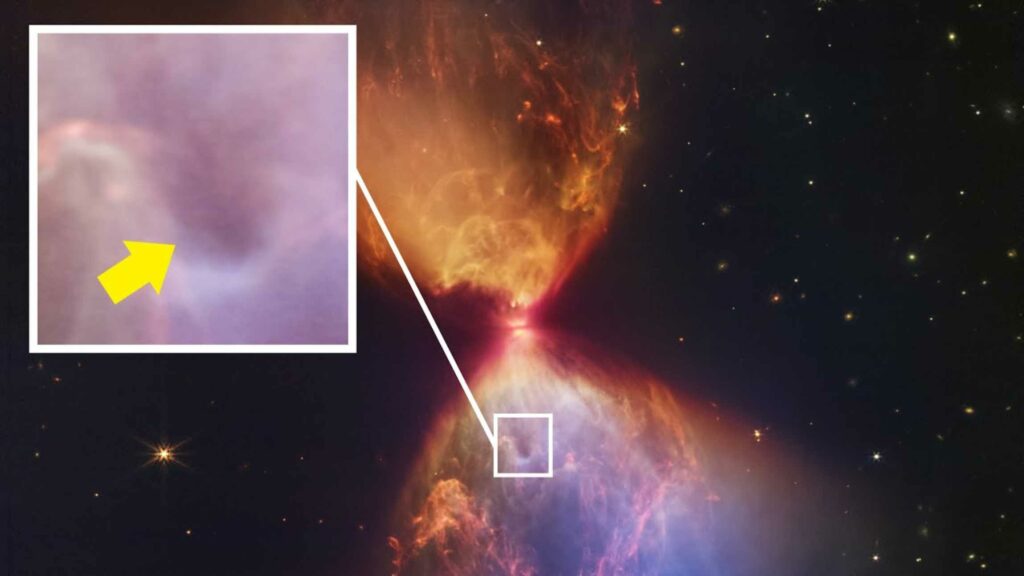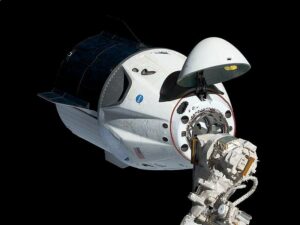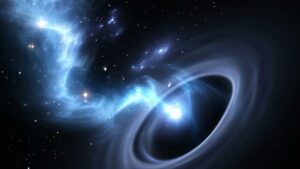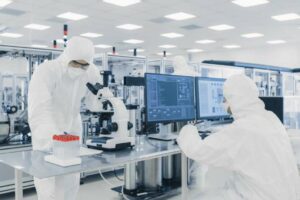Since carbon compounds are the building blocks of all known life, researchers attempting to comprehend how life evolved on Earth and elsewhere in our universe are particularly interested in them. As a result, many astronomers are very interested in the study of organic (carbon-containing) chemistry in interstellar space.
Using NASA’s James Webb Space Telescope, an international team of astronomers discovered for the first time the carbon compound methyl cation. This molecule is important because it helps make molecules with more carbon in them. It was discovered in the Orion Nebula, 1,350 light-years away, in a young star system with a protoplanetary disk.
The James Webb Space Telescope of NASA Discovers Crucial Carbon Molecule for the First Time A group of international researchers discovered a brand-new carbon compound in space for the first time. The molecule, which is referred to as methyl cation (pronounced cat-eye-on) (CH3+), is significant because it aids in the development of more complex carbon-based molecules. Methyl cation was distinguished in a youthful star framework, with a protoplanetary plate, known as d203-506, which is situated around 1,350 light-years away in the Orion Cloud.
Since carbon compounds are the building blocks of all known life, they are of particular interest to researchers attempting to comprehend both the origins of life on Earth and its potential spread throughout the universe. The investigation of interstellar natural (carbon-containing) science, which Webb is opening in new ways, is an area of sharp interest to numerous stargazers.
Due to its ease of interaction with a wide variety of other molecules, it is hypothesized that CH3+ plays a significant role. As a result, it functions like a “train station” where a molecule can wait before reacting with other molecules in one of many different ways. Researchers believe that CH3+ is an essential component of interstellar organic chemistry because of this property.
Webb’s unique capabilities made it the best observatory for looking for this important molecule. Webb’s stunning spatial and phantom goal, as well as its responsiveness, all added to the group’s prosperity. The discovery was particularly solidified by Webb’s discovery of a number of important CH3+ emission lines.
Marie-Aline Martin-Drumel, a member of the science team from the University of Paris-Saclay in France, said, “This detection not only confirms the postulated central importance of CH3+ in interstellar chemistry but also validates the incredible sensitivity of Webb.”
Even though the star in d203-506 is a small red dwarf, nearby hot, young, massive stars are spewing strong ultraviolet (UV) light into the system. Researchers accept that most planet-framing plates go through a time of such extreme UV radiation, since stars will generally shape in bunches that frequently incorporate enormous, UV-delivering stars.
Since complex organic molecules are typically thought to be destroyed by UV radiation, the discovery of CH3+ may come as a surprise. Notwithstanding, the group predicts that UV radiation could really give the important wellspring of energy for CH3+ to shape in any case. It then encourages additional chemical reactions to produce carbon molecules that are more complex once it has formed.
Extensively, the group takes note of that the particles they see in d203-506 are very unique in relation to normal protoplanetary circles. In particular, they were unable to locate any evidence of water.
This clearly demonstrates that a protoplanetary disk’s chemistry can be completely altered by ultraviolet radiation. It could really assume a basic part in the early compound phases of the starting points of life,” expounded Olivier Berné of the French Public Place for Logical Exploration in Toulouse, lead creator of the review.
These discoveries, which are from the PDRs4ALL Early Delivery Science program, have been distributed in the diary Nature.
Disclaimer: The views, suggestions, and opinions expressed here are the sole responsibility of the experts. No Idea Scope Analytics journalist was involved in the writing and production of this article.




